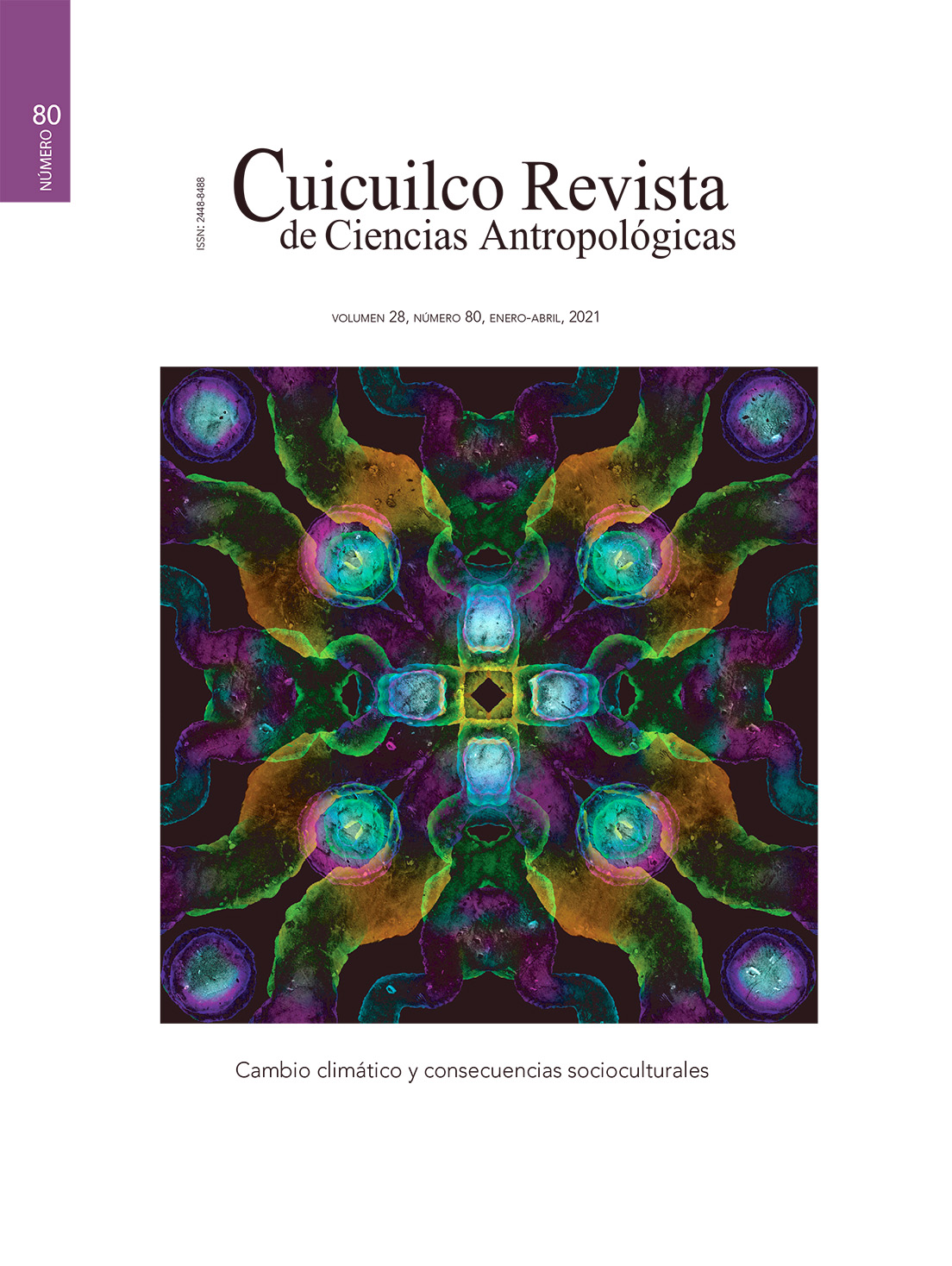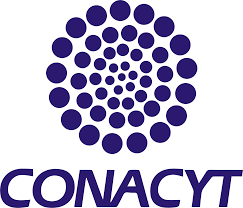Over two decades of research: the study of direct violence from the bioarqueological record
Keywords:
Bioarchaeology, traumatic injury, paleopathology, forensic anthropology, etiologyAbstract
In recent years, the growing interest in the study of trauma associated with violent behaviour in ancient populations has generated a wealth of information that currently allows us to understand the different dynamics of violence in the ancient world. However, the presence of trauma in the bioarchaeological record does not necessarily imply the presence of violence and viceversa, its etiology being complex and sometimes impossible to determine. The intent of this article is to provide an overview of the different mechanisms that could cause trauma and offers some of the best practices for differential diagnosis of these injuries to human bone and dental structures. We are confident that this review will contribute to the understanding of the most recent methods, approaches and interpretations of traumatic injuries.
Downloads
References
Agarwal, Sabrina C.
Bone morphologies and histories: Life course approaches in bioarchaeology. American Journal of Physical Anthropology, 159 (Suppl 61): s130-49.
Allen, Terry, Shannon A. Novak y Lawrence L. Bench
Patterns of injuries: accident or Abuse. Violence against Women, 13 (8): 802-816.
Allen, Wilma H, Charles F. Merbs y Walter H. Birkby
Evidence for prehistoric scalping at Nuvakwewtaqa (Chavez Pass) and Grasshopper Ruin, Arizona, en Health and disease in the prehistoric Southwest, Charles F. Merbs y Robert J. Miller (eds.). Arizona State University, Anthropological Research Papers, 34. Tempe: 23-42.
Alves Cardoso, Francisca y Charlotte Y. Henderson
Enthesopathy formation in the humerus: data from known age-at-death and known occupation skeletal collections. American Journal of Physical Anthropology, 141 (4): 550-560.
Anderson, Cheryl P., Debra L. Martin y Jennifer L. Thompson
Indigenous violence in Northern Mexico on the eve of contact. International Journal of Paleopathology, 2 (2-3): 93-101.
Archer, John
Testosterone and human aggression: an evaluation of the challenge hypothesis. Neuroscience and Biobehavioral Reviews, 30 (3): 319-345.
Aufderheide, Arthur C. y Conrado Rodríguez-Martín
The Cambridge encyclopedia of human paleopathology. Cambridge University Press. Cambridge.
Benavente Sanvicente, Martha E., Alejandro Terrazas Mata y Magalí Civera Cerecedo
Violencia interpersonal durante el periodo de agricultura temprana en la región de El Arenoso, Caborca, Sonora. Estudios de Antropología Biológica, XVI: 189-206.
Benjamin, M, H. Toumi, J. R. Ralphs, G. Bydder et al.
Where tendons and ligaments meet bone: attachment sites (‘entheses’) in relation to exercise and/or mechanical load. Journal of Anatomy, 208 (4): 471-490.
Berryman, Hugh y Susan Haun
Applying forensic techniques to interpret cranial fracture patterns in an archaeological specimen. International Journal of Osteoarchaeology, 6 (1): 2-9.
Berryman, Hugh y Steven Symes
Recognizing gunshot and blunt cranial trauma through fracture interpretation, en Forensic Osteology: advances in the identification of human remains, Kathy J.
Reichs (ed.). Charles C. Thomas. Publisher, Ltd. Springfield, Illinois: 333-351.
Berryman, Hugh, John Berryman y Tiffany Saul
Bone trauma analysis in a forensic setting: Theoretical basis and a practical approach for evaluation, en Forensic anthropology: theoretical framework and scientific basis, C. Clifford Boyd y Donna C. Boyd (eds.). John Wiley & Sons, Ltd. Hoboken: 213-232.
Blakely, Robert L y David S. Mathews
Bioarchaeological evidence for a Spanish-Native American conflict in the sixteenth-century Southeast. American Antiquity, 55 (4): 718-744.
Blumenschine, Robert J., Curtis W. Marean y Salvatore D. Capaldo
Blind tests of inter-analyst correspondence and accuracy in the identification of cut marks, percussion marks, and carnivore tooth marks on bone surfaces. Journal of Archaeological Science, 23 (4): 493-507.
Botham, Devon
Are nonlethal cranial injuries being over-diagnosed in the archaeological record? An interdisciplinary literature review of diagnostic criteria for healing, depressed cranial fractures, tesis de maestria. Departamento de Antropología. San Francisco State University. San Francisco, California.
Boyd, Donna C.
The anatomical basis for fracture repair: recognition of the healing continuum and its forensic applications to investigations of pediatric and elderly
abuse, en Forensic Anthropology. Theoretical framework and scientific basis, C. Clifford Boyd y Donna C. Boyd (eds.). John Wiley & Sons, Ltd. Hoboken: 149-200.
Brickley, Megan
Rib fractures in the archaeological record: a useful source of sociocultural information? International Journal of Osteoarchaeology, 16: 61-75.
Brickley, Megan y Martin Smith
Culturally determined patterns of violence: biological anthropological investigations at a historic urban cemetery. American Anthropologist, 108 (1): 163-177.
Bright, Lisa N.
Structural violence: epistemological considerations for bioarchaeology, en Theoretical approaches in bioarchaeology, Colleen M. Cheverko, Julia R. Prince- Buitenhuys et al. (eds.). Routledge.Taylor & Francis Group. Abigngdon, Oxon: 131-149.
Brokmann, Carlos
La guerra en Mesoamérica entre discusrso y práctica, en Historia de los ejércitos Mexicanos. Instituto Nacional de Estudios Históricos de las Revoluciones de México (INEHRM). México: 69-92.
Brown, M. Kathryn y Travis W. Stanton
Ancient mesoamerican warfare, M. Kathryn Brown y Travis W. Stanton (eds.). AltaMira Press. Walnut Creek, C.A.
Bueno, Isabela
Mesoamérica: Territorio de Guerra. Centro de Estudios Filosóficos, Políticos y Sociales Vicente Lombardo Toledano. Ciudad de México, México.
Buikstra, Jane E.
Ortner’s identification of pathological conditions in human skeletal remains. Elsevier Inc. Londres.
Buikstra, Jane E. y Douglas Ubelaker
Standards for data collection from human skeletal remains: proceedings of a seminar at the field museum of natural history. Arkansas Archeological Survey.
Cervera Obregón, Marco A.
Mexica War: New research perspectives, en The Oxford Handbook of the Aztecs, Deborah L. Nichols y Enrique Rodríguez-Alegría (eds.). Oxford University Press. Oxford: 451-462.
Chacon, Richard J. y David H. Dye (eds.)
The taking and displaying of human body parts as trophies by Amerindians. Springer (Interdisciplinary Contributions to Archaeology). Memphis, Tennessee.
Chavéz, Ximena
Sacrificio humano y tratamientos mortuorios en el Templo Mayor de Tenochtitlan. UNAM. México.
Cheverko, Colleen M.
Life course approaches and life history theory: synergistic perspectives for bioarchaeology, en Theoretical approaches in bioarchaeology, Colleen M. Cheverko,
Julia R. Prince-Buitenhuys y Mark Hubbe (eds.). Routledge.Taylor & Francis Group. Abigngdon, Oxon: 59-75.
Christensen, Angi M., Nicholas V. Passalacqua y Eric J. Bartelink (eds.)
Analysis of skeletal trauma, en Forensic anthropology: current methods and practice. Elsevier Inc. Oxford: 341-377.
Cid Bezíez, José Rodolfo y Liliana Torres Sanders
Traumatismos, ¿por qué?. Estudios de Antropología Biológica, x: 483-496.
Claes, Lutz, Stefan Recknagel y Anita Ignatius
Fracture healing under healthy and inflammatory conditions. Nature Reviews Rheumatology, 8 (3): 133-143.
Coelho, Luis y Hugo F. V. Cardoso
Timing of Blunt Force Injuries in Long Bones: The Effects of the Environment, PMI Length and Human Surrogate Model. Forensic Science International, 233 (1-3): 230-237.
Villotte, Sébastien y Christopher J. Knu?sel
Understanding entheseal changes: definition and life course changes. International Journal of Osteoarchaeology, 23 (2): 135-146.
Waldron, Tony
Legalized trauma. International Journal of Osteoarchaeology, 6 (1): 114-118.
Walker, Phillip L.
Cranial injuries as evidence of violence in prehistoric Southern California. American Journal of Physical Anthropology, 80 (3): 313-323.
A bioarchaeological perspective on the history of violence. Annual Review of Anthropology, 30: 573-596.
Walker, Philip L., Della C. Cook y Patricia M. Lambert
Skeletal evidence for child abuse: a physical anthropological perspective. Journal of Forensic Sciences, 42 (2): 196-207.
Wedel, Vicki L. y Alison Galloway (eds.)
Broken bones: anthropological analysis of blunt force trauma, Charles C. Thomas. Publisher, Ltd. Springfield, Illinois.
Weiss, Elizabeth
Muscle markers revisited: activity pattern reconstruction with controls in a central California Amerind population. American journal of physical anthropology, 133: 931-940.
Wescott, Daniel J.
Biomechanics of bone trauma, en Encyclopedia of forensic sciences, Jay Siegel, Pekka Saukko y Max Houck (eds.). Academic Press. New York: 83-88.
Winter, Marcus C, Cira Martínez-López, William O Autry et al.
Entierros humanos de Monte Albán. Dos estudios. Contribución No. 7 del Proyecto Especial Monte Albán 1992-1993. Centro INAH Oaxaca. Oaxaca. México.
White, Tim D., Michael T. Black y Pieter A. Folkens (eds.)
Assessment of age, sex, stature, ancestry, and identity of the individual, en Human Osteology. Academic Press. San Diego: 379-427.
Wieberg, Danielle A. M. y Daniel J. Wescott
Estimating the timing of long bone fractures: correlation between the postmortem interval, bone moisture content, and blunt force trauma fracture characteristics. Journal of Forensic Sciences, 53 (5): 1028-1034.
Willey, Patrick S.
Prehistoric Warfare on the Great Plains: Skeletal Analysis of the Crow Creek Massacre Victims. Garland Publishing. Nueva York.
Wilson, M. y M. Daly
An evolutionary psychological perspective on male sexual proprietariness and violence against wives. Violence and Victims, 8 (3): 271-294.
Downloads
Published
Versions
- 2022-02-13 (3)
- 2021-06-20 (2)
- 2021-06-20 (1)







